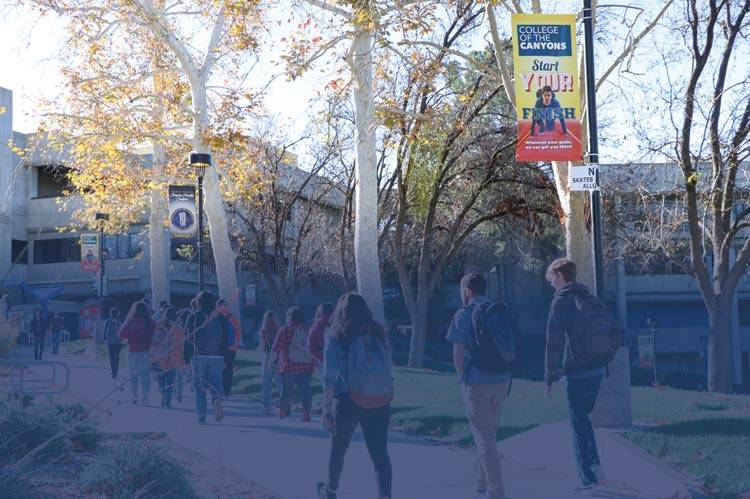Create Dialogue
Assessment data should lead to dialogue and affect decision-making for each department. After assessment data is available, departments should discuss improvements to the course and/or program suggested by the assessment data. Just as departments should involve as many faculty as possible in planning the assessment (full-time and part-time), departments should plan time to discuss and analyze the results that will allow for maximum participation.
- Consider using department meeting or retreat time
- Use FLEX hours when possible
- Consider online collaboration options
- Communicate through email (or hard copies of handouts in mailboxes) with those not able to attend
- If the number of students meeting the SLO is not consistent with the expected results listed in the assessment plan, why do you think that might be?
- Was the expected results number set at an appropriate level?
- Would a different assessment tool be a better measure of student learning?
- Should follow-up assessments try to target specific, smaller skills needed to achieve the SLO to help determine where students are having difficulty?
- What could be changed about the course or program to improve student learning?
- Should pacing or emphasis within a course or program be adjusted?
- Should there be changes to student resources or services?
- Are there additional resources that would help to improve student learning?
- If the number meets or exceeds the expected result, what factors do you think contributed to student success in meeting the SLO?
- How might these factors be brought to positively impact other courses and programs?
- Are there relative weaknesses among specific, smaller skills needed to achieve the SLO? If so, how could learning be improved in those areas?
- Does the department want to consider a different assessment tool the next time the course is assessed to get a different kind of data about student learning?
- Should the expected result be set higher the next time the course is assessed?
- Regardless of the results, how will these results inform other decisions for the department?
- How do the results of this assessment fit into the larger picture of the program or department?
- Is there a need for professional development on specific topics?
- Should budgeting priorities change?
- Should staffing or other resources be adjusted?
- Do the results inspire other ideas for improvements?

 My Canyons
My Canyons  Canvas
Canvas 
